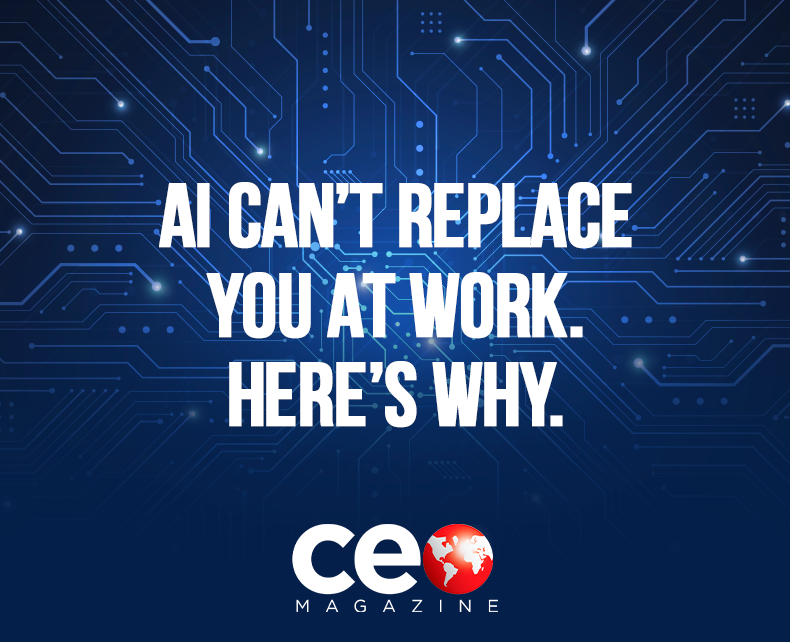
AI Can’t Replace You And Here’s Why
Career Climbers / 1st October 2024
Workers can stop worrying about being replaced by generative artificial intelligence.
Wharton experts Valery Yakubovich, Peter Cappelli, and Prasanna Tambe believe it isn’t going to happen as drastically as many predict. In an essay published in The Wall Street Journal, the professors contend that AI will most likely create more jobs for people because it needs intensive human oversight to produce usable results.
“The big claims about AI assume that if something is possible in theory, then it will happen in practice. “That is a big leap,” they wrote. “Modern work is complex, and most jobs involve much more than the kind of things AI is good at — mainly summarizing text and generating output based on prompts.”
Yakubovich recently spoke to Wharton Business Daily, offering several key facts he hopes will allay people’s fears of robotic replacement. First, while generative AI has advanced rapidly, it still has a long way to go before it can function autonomously and predictably, which are key features that make it reliable. Second, large language models (LLMs) like ChatGPT are capable of processing vast amounts of data, but they cannot parse it accurately and are prone to misleading information, known as AI hallucinations.
“You get this output summary — how accurate is it? Who is going to adjudicate among alternative outputs on the same topic? “Remember, it’s a black box,” said Yakubovich, who is executive director of the Mack Institute for Innovation Management.
Third, companies are risk-averse and need to maintain a high degree of efficiency and control to be successful. So, they won’t be rushing to lay off all their people in exchange for technology that still has a lot of bugs to work out.
“If we are thinking 40, 50 years ahead, that’s wide-open ends,” Yakubovich said. “The issue we are discussing now is the very specific (needs) for business. The risk for companies is very high, and they are not going to move very fast.” To read the full article, click here!





